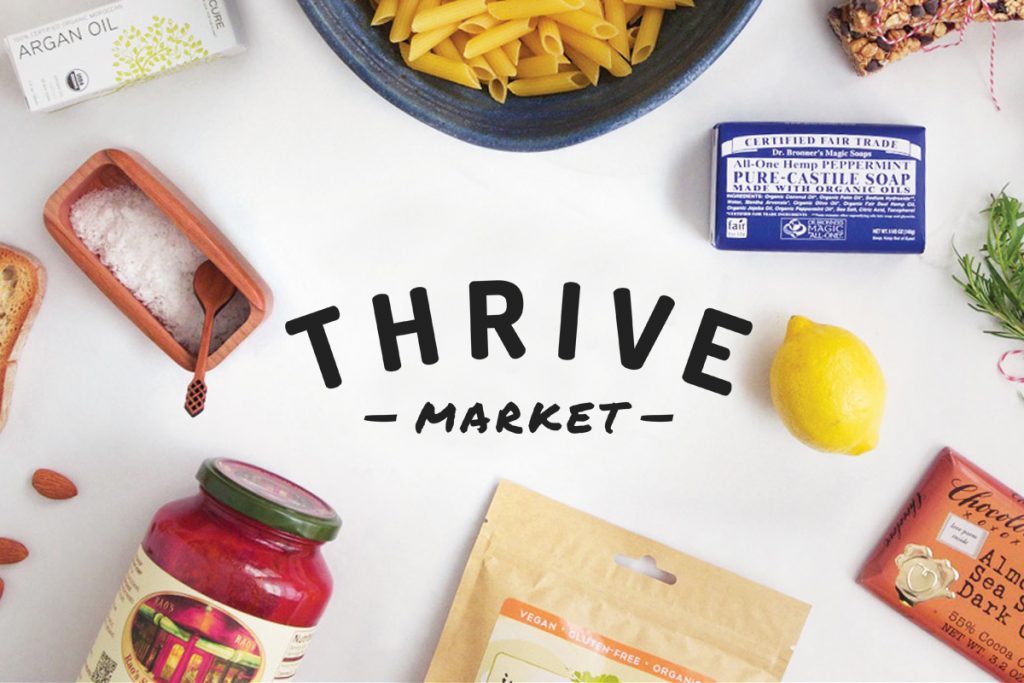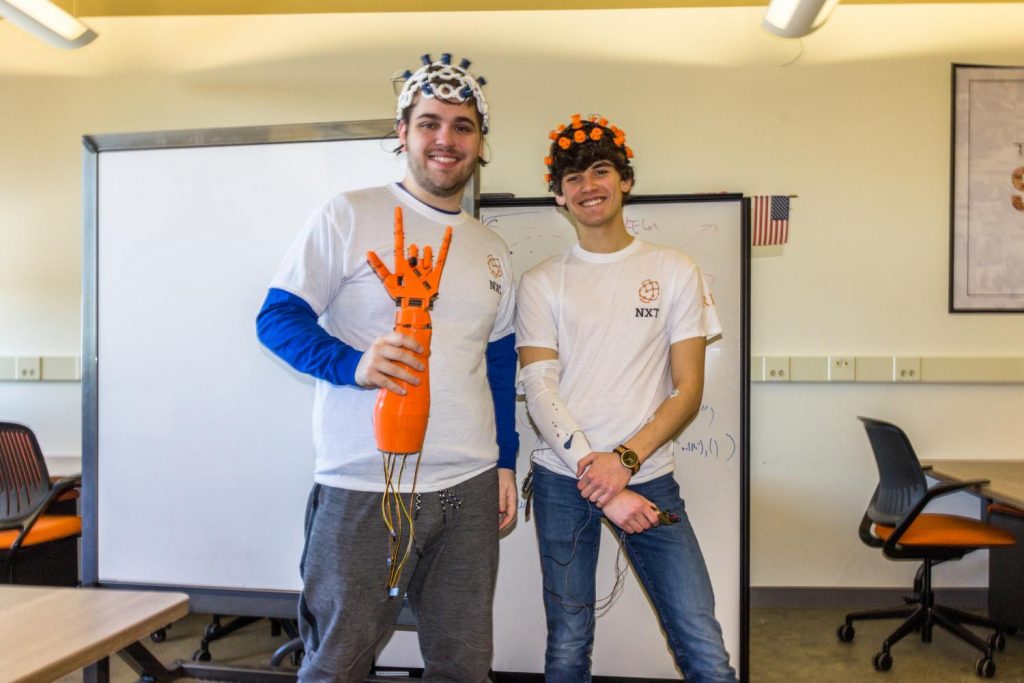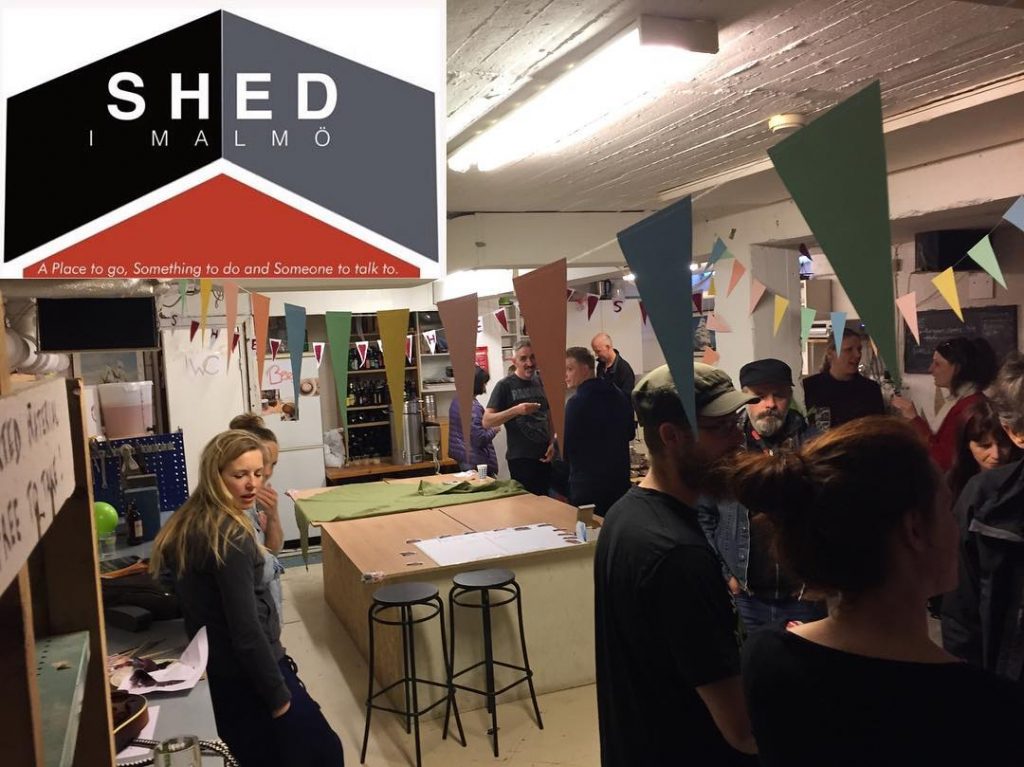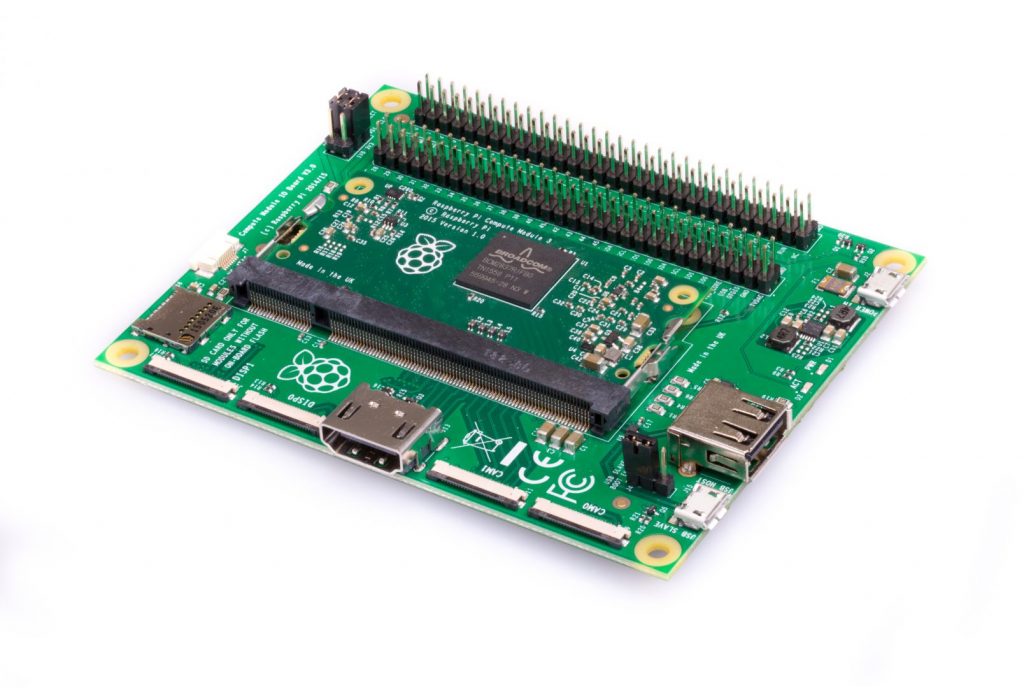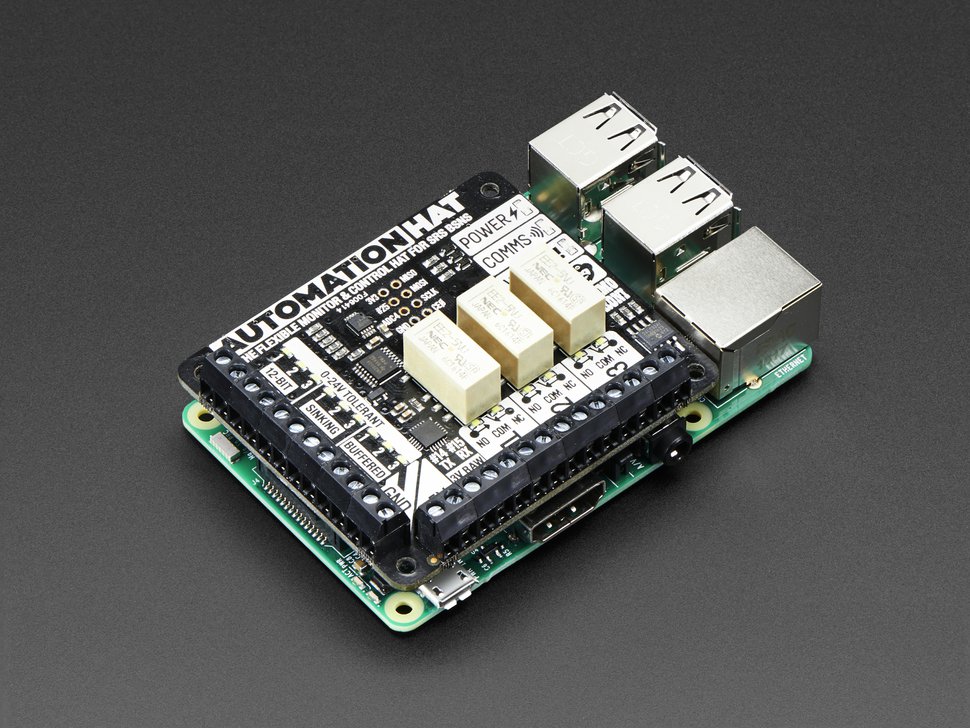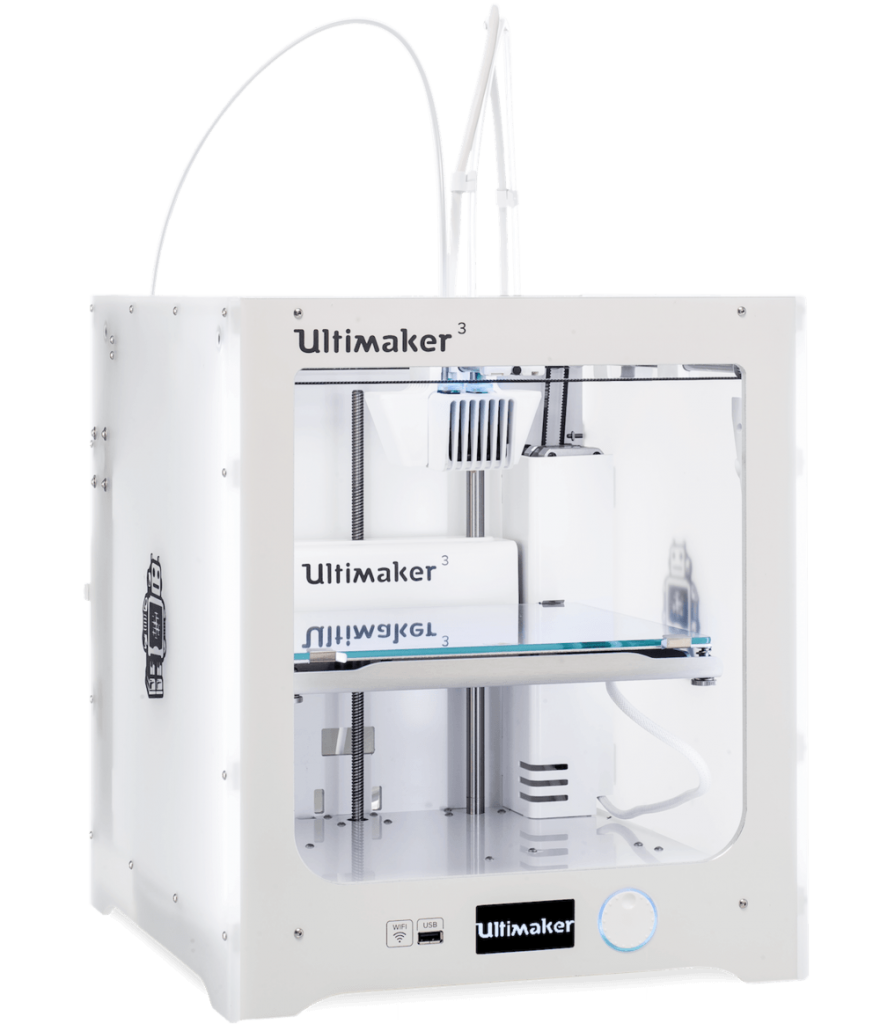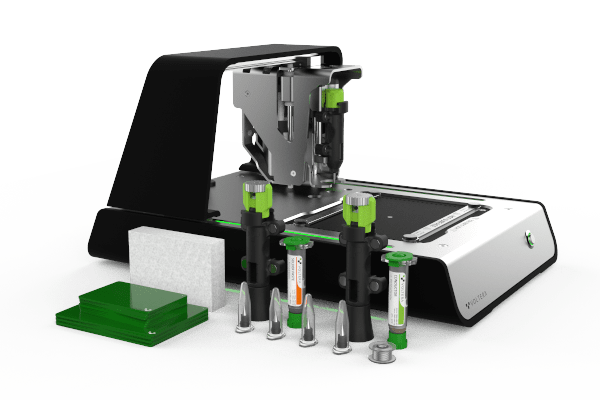
To the best of my knowledge, my First Nations heritage can be traced to the Lenape (Lunaapeew) People of the Delaware Nation at Moraviantown. The community is located on the southern shores of the Thames River, near the small town of Thamesville. The 13 km² Moravian 47 reserve (Munsee: Náahii, literally ‘downstream’) is in Chatham-Kent municipality, Ontario. First Nation membership totals over 1,000 people, with 457 living on the reserve, and 587 living off it. People such as myself are not included because we have far too little DNA (1 – 2%)!
Lenapehoking is a term for the lands historically inhabited by the Lenape in what is now the Mid-Atlantic United States. New York City, Newark, Trenton, Princeton, Philadelphia, Wilmington, Delaware, Atlantic City, the Jersey Shore, Pine Barrens, the Sourland Mountains, the Delaware Valley, Poconos, and parts of the Catskills and numerous other areas are in Lenapehoking today. The Lenape have occupied parts of what is now New Jersey for 10 000 years (since 8 000 BC).
The Munsee were the Wolf clan of the Lenape, occupying the area where present-day Pennsylvania, New Jersey, and New York meet. The first recorded European contact occurred in 1524, when Giovanni da Verrazzano sailed into what is now New York Harbor. The Munsee were quickly devastated by European diseases such as smallpox and influenza, and those who survived were forced inland.
Some of the Munsee were converting to Christianity through the efforts of Moravian missionaries. In 1772, David Zeisberger led them to Gnadenhütten, in Ohio Country, which he hoped would isolate them from the hostilities of the approaching American Revolution, and free them from European settlers in the east. The mission villages were separate from both European settlers and from other native people. The Munsee were pacifists, although they had some weapons for hunting purposes.
However, on 1782-03-07, a force of Pennsylvania militiamen, in search of Indians who had been raiding settlements in western Pennsylvania, happened upon a group of Christian Munsee and rounded them up in the village of Gnadenhütten. Although the Munsee truthfully pleaded their innocence, the militia took a vote and decided to massacre them all. Ninety-six innocent Munsee men, women and children spent the night in song and prayer knowing they would be slaughtered the following morning 1782-03-08. The surviving Christian Munsee left that area later, led by Moravian missionary David Zeisberger.
A new community was then established at Fairfield along the Thames River. There they lived in relative peace for twenty years, supporting themselves with their farming and industry, until American soldiers burned their village to the ground during the War of 1812 Battle of the Thames. The battle is well known historically as a victory for American General (and later President) William Henry Harrison, and for the death of the Shawnee chief, Tecumseh. The Munsee fled into the wilderness for safe haven until hostilities had ceased, then returned to build a new Fairfield across the Thames River to the south, which is now known as Moraviantown.
Among many Algonquian peoples along the East Coast, the Lenape were considered the grandfathers from whom other Algonquian-speaking peoples originated.
The Lenape have a matrilineal clan system, where children belong to their mother’s clan, from which they gain social status and identity. The mother’s eldest brother was more significant as a mentor to the male children than was their father, who was generally of another clan. Hereditary leadership passed through the maternal line, and women elders could remove leaders of whom they disapproved. Agricultural land was managed by women and allotted according to the subsistence needs of their extended families. Families were matrilocal; newlywed couples would live with the bride’s family, where her mother and sisters could also assist her with her growing family.
The Lenape assigned land of their common territory to a particular clan for hunting, fishing, and cultivation. There was no individual private ownership of land although women often had rights to plots for farming. Clans lived in fixed settlements, using the surrounding areas for communal hunting and planting until the land was exhausted. In a practice known as agricultural shifting, the group then moved to found a new settlement within their territory.
Companion planting was also practiced. Here, women cultivated many varieties of the Three Sisters: maize, beans, and squash. Tobacco was also farmed by the men. Fish such as sturgeon, pike and a variety of shellfish such as clams, oysters, lobsters and scallops were an important part of their food supply. The Lenape men also provided meat from deer (venison), black bear and smaller game like squirrel, rabbit, wild turkey and duck. The Lenape food also included nuts, vegetables, mushrooms and fruits (plums, blueberries, strawberries and raspberries).
The people were primarily sedentary living in longhouses in villages that were heavily fortified with palisades due to attacks by the Mohawks. They moved seasonally to summer campsites for particular purposes such as fishing or hunting. Here they built wigwams with wooden frames that were covered with woven mats, sheets of birchbark and animal skins. Ropes were wrapped around the wigwam to hold the birch bark in place. During the 17th-century, European settlers and traders from colonies of New Netherland and New Sweden traded with the Lenape for agricultural products, mainly maize, in exchange for iron tools.
The Lenape built canoes made from birch bark over a wooden frame. These canoes were broad enough to float in shallow streams, strong enough to shoot dangerous rapids, and light enough for one man to easily carry a canoe on his back. The Lenape also built heavier dugout canoes.


